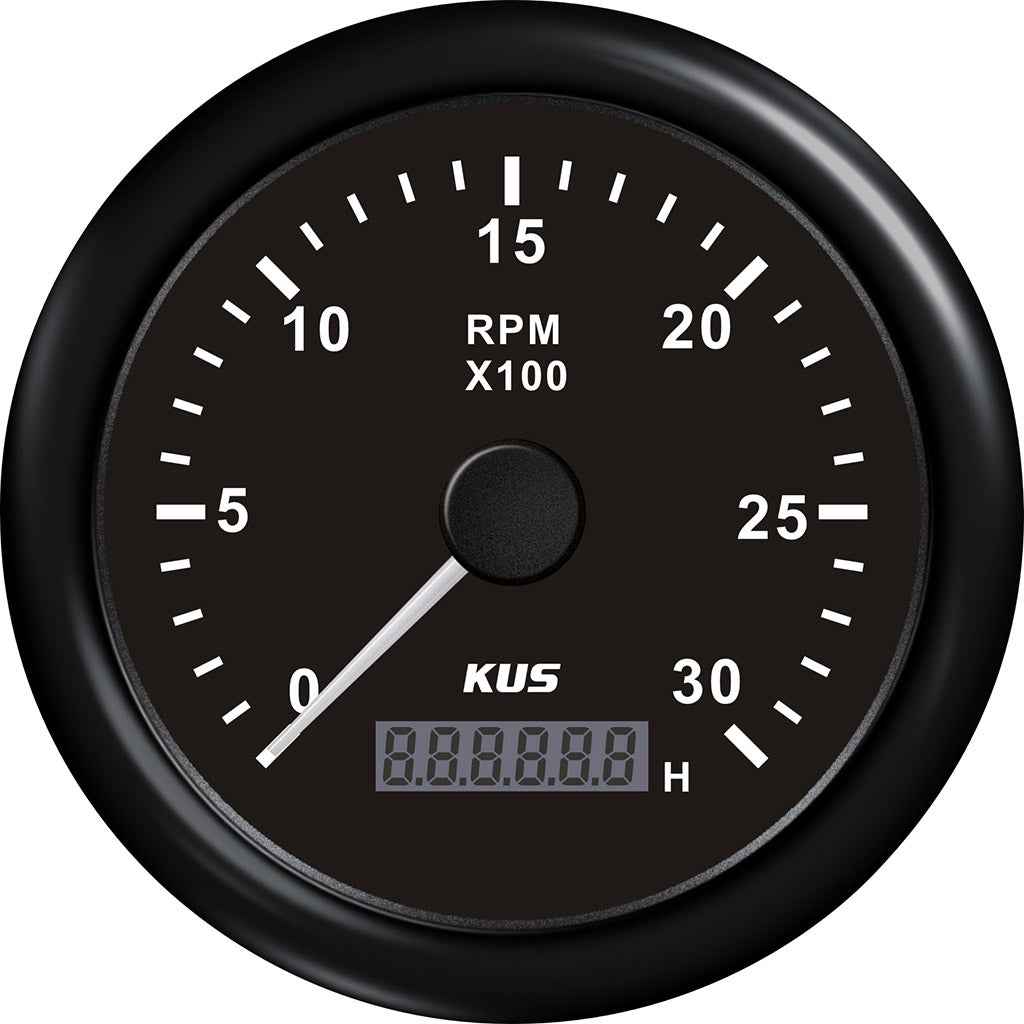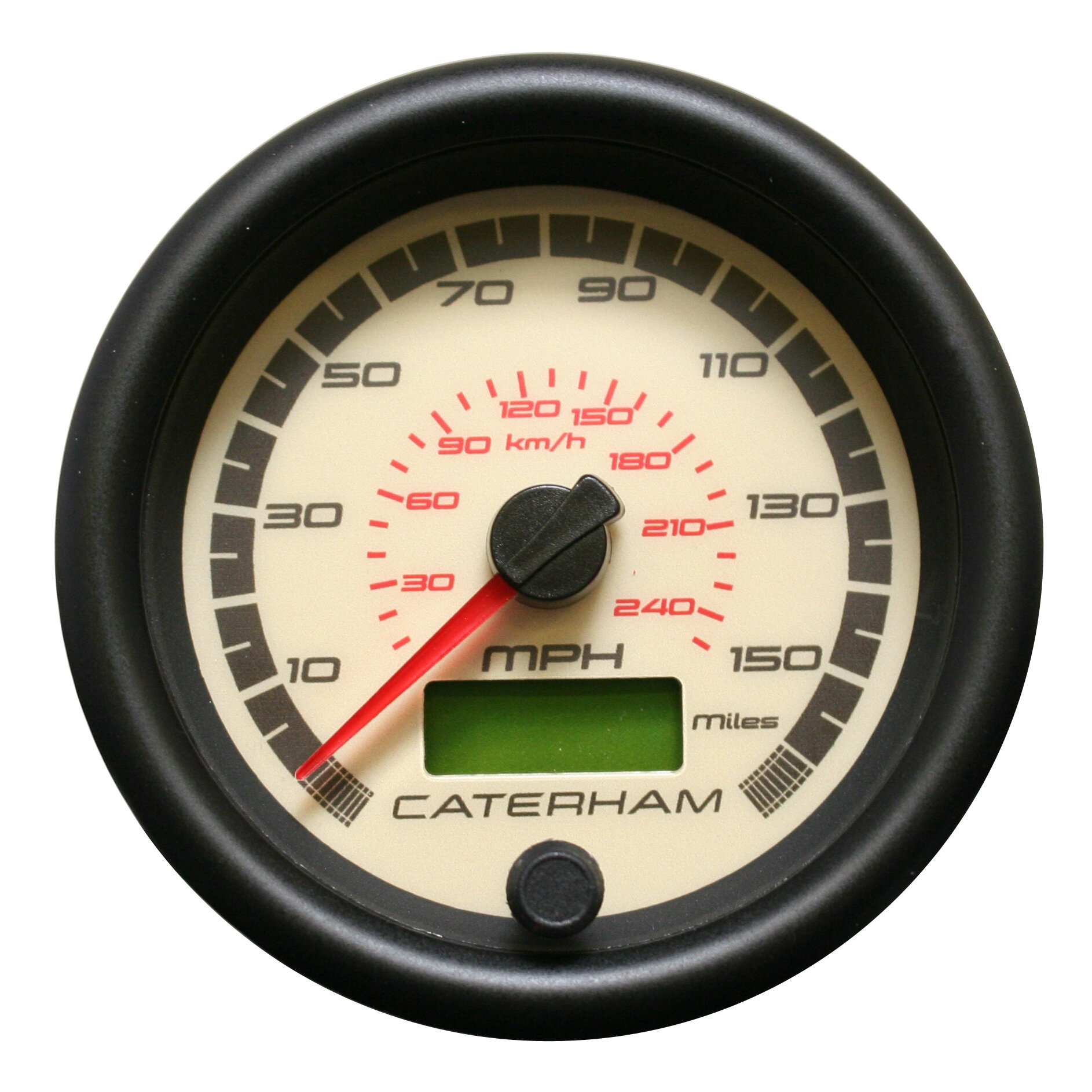Expert Tips for Keeping and Calibrating Your Tachometer
Expert Tips for Keeping and Calibrating Your Tachometer
Blog Article
The Relevance of a Tachometer in Keeping An Eye On Engine Rate and Performance in Automotive Applications
In the realm of automotive design, the tachometer stands as an essential instrument in the motorist's toolbox, providing a direct window into the internal workings of a car's engine. Past its feature as a plain scale of revolutions per minute (RPM), the tachometer serves as an important device for fanatics and specialists alike, supplying real-time understandings into engine efficiency and health.
Significance of Keeping An Eye On Engine RPM
Keeping track of engine RPM, or transformations per min, is a crucial facet of vehicle maintenance and efficiency examination. Engine RPM directly associates with the speed at which the engine's crankshaft rotates, indicating exactly how promptly the engine is running.
Additionally, checking engine RPM is necessary for efficiency evaluation in racing and high-performance cars. In recap, keeping track of engine RPM is not only important for spotting problems but likewise for optimizing engine efficiency in numerous automotive applications.

Benefits of Real-Time Data
In automobile applications, real-time information plays a crucial function in supplying immediate insights right into the performance and problem of the car. By continuously keeping track of numerous criteria such as engine speed, temperature, gas intake, and a lot more, real-time data uses many advantages that add to enhanced effectiveness and safety and security when traveling.
One considerable benefit of real-time data is its ability to sharp motorists and specialists to any anomalies or problems without delay. This positive approach enables fast identification of possible troubles, enabling for timely treatments to protect against additional damage or malfunctions. In addition, real-time information assists in performance optimization by giving prompt responses on driving behaviors and engine performance. Vehicle drivers can readjust their habits in real-time based on this info to achieve far better gas economic climate and lengthen the lifespan of their lorry.

In addition, real-time information plays an essential function in modern-day vehicle diagnostics, allowing service technicians to quickly diagnose and address malfunctions. This leads to minimized downtime, reduced maintenance costs, and eventually, boosted overall lorry dependability and longevity (tachometer). By utilizing the power of real-time information, automobile stakeholders can make educated decisions that favorably impact both the performance and long life of the automobile
Influence On Gear Shifts
The tachometer plays an essential role special info in maximizing gear shifts by supplying real-time engine speed information to the motorist. When coming close to the redline on the tachometer, it signals the vehicle driver to upshift to stop over-revving the engine and creating prospective damages.
In addition, the tachometer help in achieving smoother gear transitions, specifically in manual transmissions. By keeping track of engine rate, motorists can perform equipment shifts at the optimum RPM range, reducing jerking movements and minimizing wear their website on the transmission components. This precision on duty changes not only enhances driving comfort yet likewise adds to sustain performance.
Enhancing Gas Efficiency
Provided the crucial function the tachometer plays in optimizing gear changes for efficiency and engine health, it straight adds to making best use of fuel performance in vehicle applications. By supplying real-time comments on engine rate, the tachometer aids vehicle drivers in keeping one of the most effective RPM range for fuel economic situation. When drivers continually keep track of the tachometer and adjust their motoring practices appropriately, they can stay clear of unnecessary fuel intake brought on by over-revving or carrying the engine.
Moreover, the tachometer assists vehicle drivers determine Check Out Your URL the most fuel-efficient equipment to be in at any type of provided minute, stopping the engine from working more challenging than needed. In conclusion, the tachometer serves as an important tool in enhancing gas efficiency by promoting optimal driving behaviors and recognizing areas for improvement in the automobile's efficiency.

Maximizing Engine Durability
The tachometer's function in checking engine speed and efficiency is critical in making certain the longevity of automobile engines. By utilizing the tachometer efficiently, motorists can optimize engine longevity with mindful RPM management. Regularly revving an engine expensive can cause extreme wear and tear on crucial elements, such as the pistons, shutoffs, and bearings. With time, this can lead to reduced engine efficiency and potential malfunctions. Keeping track of the tachometer allows chauffeurs to remain within the recommended RPM array for their vehicle, avoiding unnecessary pressure on the engine and expanding its life expectancy.

Final Thought
In conclusion, the tachometer plays a critical role in keeping track of engine speed and performance in automobile applications. By giving real-time data on RPM, it allows for effective equipment shifts, improved gas performance, and taken full advantage of engine durability. This device is essential for keeping optimal engine efficiency and making sure the total functionality of a lorry.
Report this page